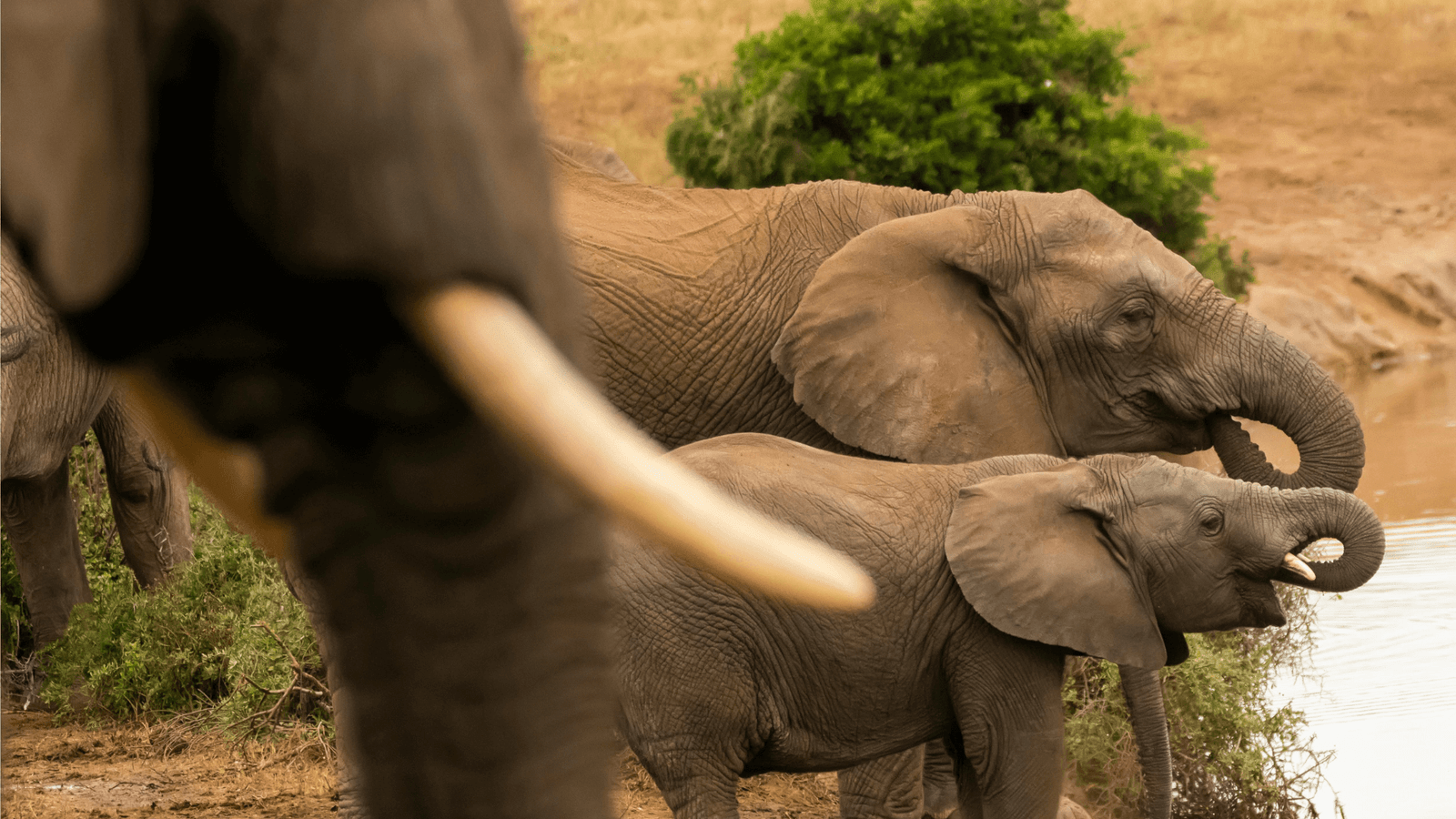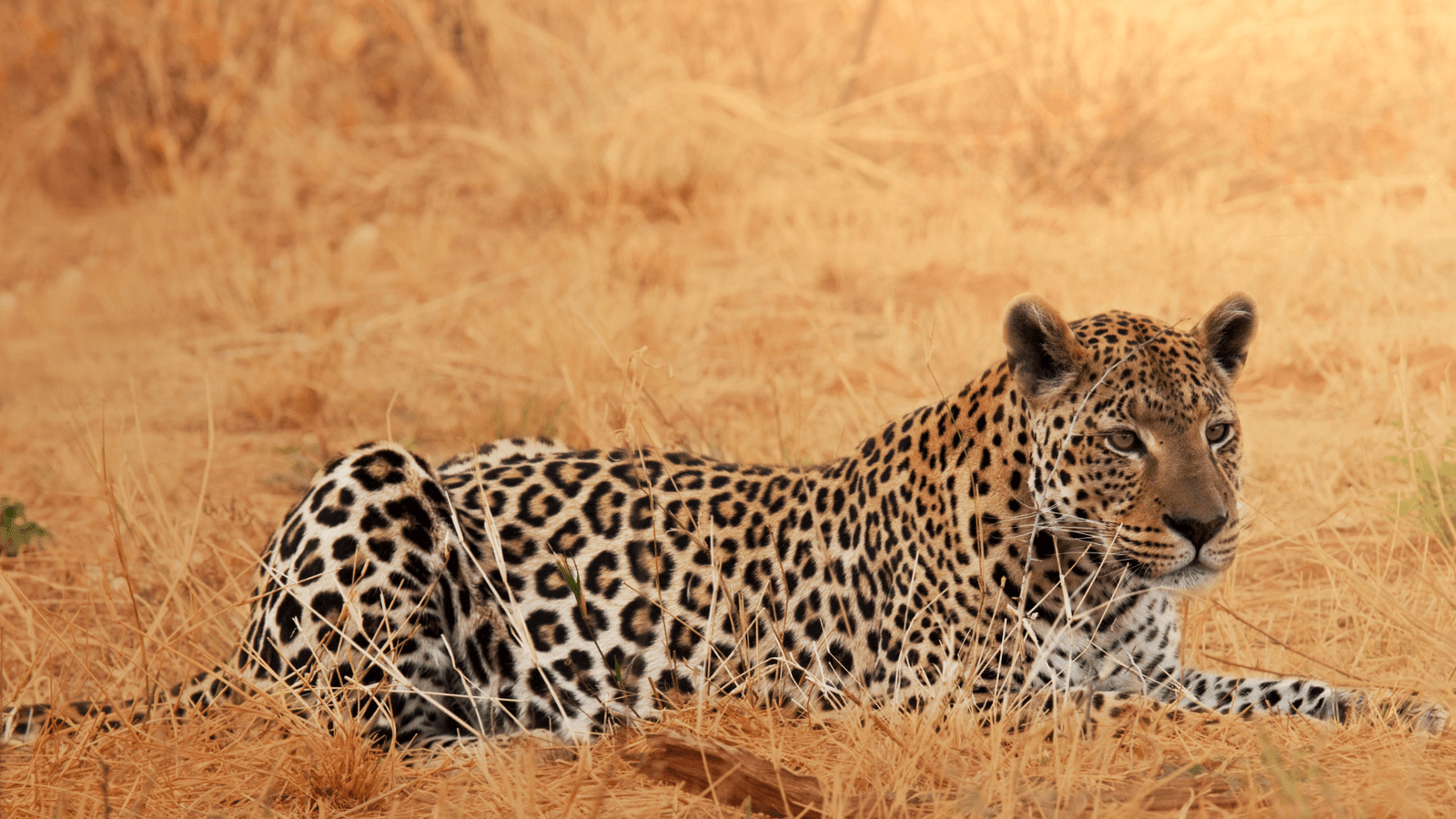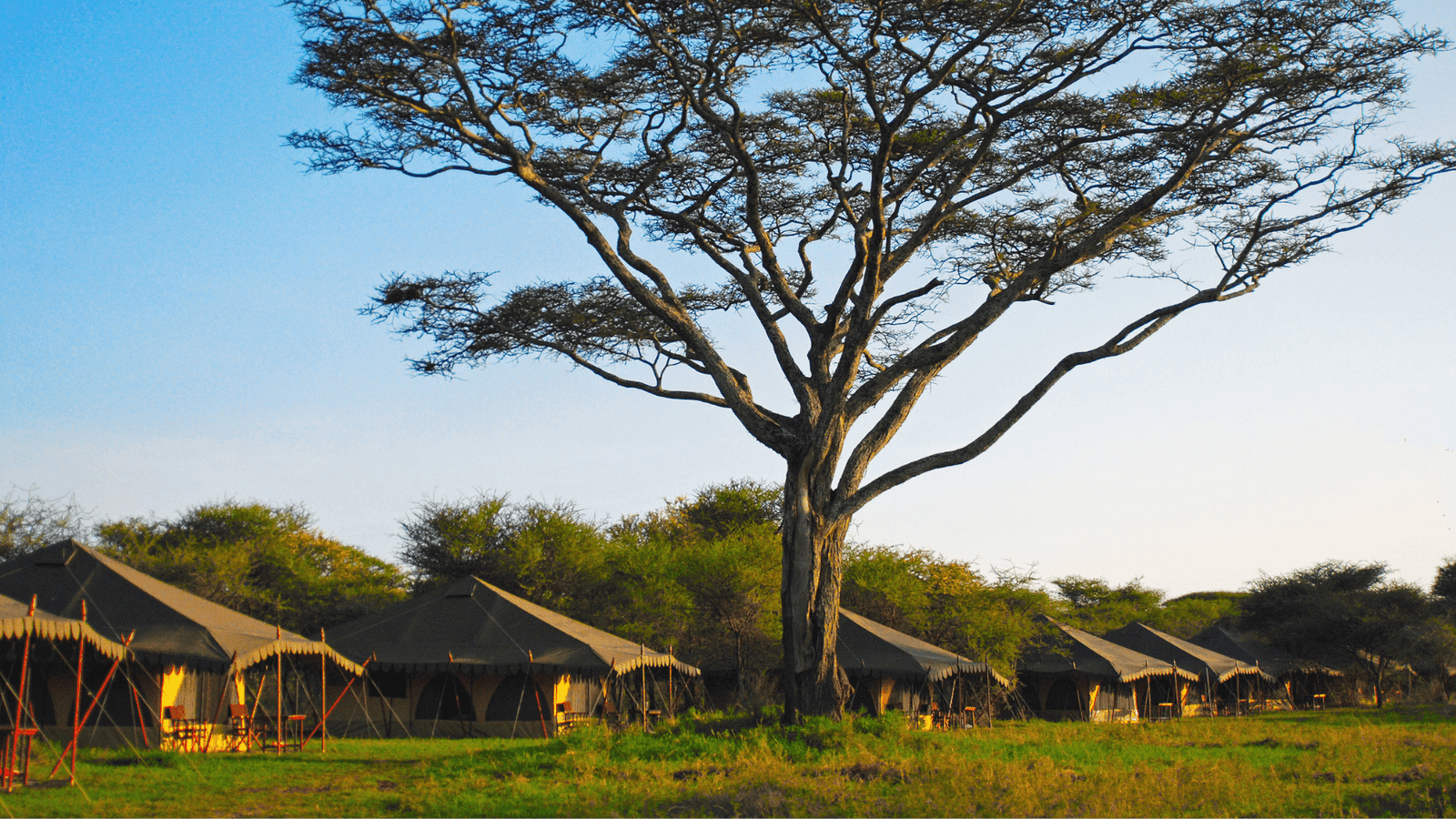
Crafting Your Dream Safari: A Guide to Africa’s Wilderness
Embark on a journey where the whisper of the savannah meets the pulse of the wild, where each dawn brings stories untold, and every sunset paints memories in the hues of gold and crimson. This isn’t just a safari; it’s your gateway to the untamed heart of Africa. Let’s weave your dreams into the very fabric of the wilderness, crafting a safari experience that’s as unique as the trails of the stars over the Serengeti.
Navigating the Seasons: Timing Your African Tale

The African wilderness, a vivid tapestry of ecosystems, transforms with the seasons, offering distinct experiences that cater to the desires of every adventurer. Understanding the rhythm of the rain and dry seasons across different safari destinations is crucial to unlocking the magic of your journey.
Spring and Fall: The Great Migration in Kenya and Tanzania
Rainy Season Insights: In East Africa, the rainy season (March to May in Kenya; March to May and November to December in Tanzania) breathes life into the savannah. The landscape is rejuvenated, teeming with fresh grasses that lure vast herds of wildebeest, zebras, and antelopes in a cyclical dance of life and survival known as the Great Migration. This period of renewal, while potentially challenging for travel due to wetter conditions, offers vibrant landscapes and the thrilling spectacle of birthing season, where newborns take their first steps amidst lurking predators.
Dry Season Delights: The dry season (June to October) sharpens the drama of the Great Migration, especially as the herds traverse the Grumeti River in Tanzania and the Mara River in Kenya. These crossings are iconic, marked by heart-stopping moments of courage and predation. The reduced vegetation and scarcity of water holes during this season amplify wildlife viewing opportunities, making it a prime time for safari-goers.
Summer and Winter: Serenity Amidst the Wild
Namibia’s Desert Wonders: Unlike the more predictable cycles of East Africa, Namibia’s desert landscapes offer a different allure during its dry season (May to October). The stark beauty of the Namib Desert, with its towering dunes and star-studded skies, becomes more accessible. Wildlife congregates around sparse water sources, creating unique viewing opportunities in the Etosha National Park.
South Africa’s Diverse Climates: South Africa’s safari destinations, such as the Kruger National Park, experience the dry season from May to September. This period is ideal for wildlife viewing as animals gather around rivers and waterholes. However, the Western Cape, including Cape Town, inversely experiences its rainy season, offering lush landscapes and the chance to explore the city’s vibrant culture without the peak tourist crowds.
Uganda and Rwanda’s Gorilla Trekking: The equatorial forests of Uganda and Rwanda, home to the majestic mountain gorillas, are wetter but offer year-round trekking opportunities. The drier seasons (December to February and June to September) are generally preferred for gorilla trekking, providing easier hiking conditions and clearer photography opportunities.
Tailoring Your Safari to Your Wildlife Wishlist: Where to Go to See What

Choosing the right safari often hinges on the magical question: “What do you want to see?” Africa’s diverse landscapes are home to an incredible array of wildlife, each region boasting its own specialties. Here’s a guide to help you decide where to go based on the wildlife experiences at the top of your wishlist.
The Big Five: South Africa & Kenya
South Africa’s Kruger National Park is a haven for those seeking the iconic Big Five (lion, leopard, rhinoceros, elephant, and Cape buffalo). Its vast landscapes offer reliable sightings year-round, with well-established conservation programs ensuring the protection of these magnificent creatures.
Kenya’s Maasai Mara also offers excellent Big Five viewing, especially renowned for its lion populations. The Mara’s open savannahs make spotting these majestic animals a relatively easier task, providing unforgettable encounters.
Great Migration: Kenya & Tanzania
Serengeti National Park, Tanzania, and Maasai Mara National Reserve, Kenya, are the stages for the annual Great Migration. This awe-inspiring event sees over two million wildebeest, zebras, and gazelles journey in search of fresh grazing grounds, crossing rivers and dodging predators in one of nature’s most breathtaking spectacles.
Gorillas in the Mist: Uganda & Rwanda
Bwindi Impenetrable National Park, Uganda, and Volcanoes National Park, Rwanda, offer the extraordinary opportunity to come face to face with mountain gorillas in their natural habitat. These intimate encounters are profoundly moving, providing a deep connection to the gentle giants of the forest.
Desert Adapted Wildlife: Namibia
Namibia’s unique landscapes, including Etosha National Park and the Namib Desert, are home to specially adapted species thriving in arid conditions. Here, you can witness elephants, black rhinos, and lions that have made remarkable adaptations to survive in the desert environment.
Birdwatching Paradise: Botswana & Uganda
Botswana’s Okavango Delta is a birdwatcher’s paradise, especially during the wet season when the delta floods, attracting hundreds of bird species, including African fish eagles, Pel’s fishing owls, and lilac-breasted rollers.
Uganda is another haven for bird enthusiasts, with over half of Africa’s bird species. The country’s varied ecosystems, from wetlands to forests, make it an ideal spot for birding.
Off the Beaten Path: Zambia & Zimbabwe
For those seeking less crowded, yet equally thrilling safari experiences, Zambia’s South Luangwa National Park and Zimbabwe’s Hwange National Park offer exceptional wildlife viewing. Walking safaris in Zambia and waterhole sightings in Hwange provide unique perspectives on African wildlife.
Family-Friendly Safaris: Where to Go with Children and Why

Embarking on a safari with your family is an unparalleled opportunity to create lasting memories, introduce children to the wonders of the natural world, and foster a deep appreciation for wildlife and conservation. However, selecting the right destination is key to ensuring a fulfilling experience for both adults and children. Here are some of the best family-friendly safari destinations, known for their accessibility, educational value, safety, and the sheer joy they bring to young explorers.
South Africa: A Mosaic of Family Adventures
Why It Stands Out: South Africa is renowned for its malaria-free safari zones, such as the Eastern Cape reserves and Madikwe Game Reserve, making it a worry-free choice for families. The country offers a diverse range of activities beyond wildlife viewing, from cultural experiences in vibrant cities like Cape Town to beach days along the Garden Route.
Child-Friendly Activities: Many lodges and reserves in South Africa cater specifically to families, with tailored safari drives, interactive conservation talks, and even junior ranger programs that engage children in learning about the environment, animal tracking, and bush survival skills.
Kenya: Immersive Cultural & Wildlife Experiences
Why It Stands Out: Kenya’s rich cultural heritage and diverse wildlife make it an exciting destination for families. The opportunity to combine classic safaris with visits to Maasai villages offers a holistic experience, blending thrilling wildlife encounters with insightful cultural exchanges.
Child-Friendly Activities: Apart from game drives in iconic reserves like the Maasai Mara, families can enjoy guided nature walks, cultural visits to local communities, and even hot air balloon safaris, providing unique perspectives and learning opportunities for children of all ages.
Tanzania: The Great Migration and Beyond
Why It Stands Out: Witnessing the Great Migration is a spectacle like no other, and Tanzania’s friendly approach to family travel makes it an excellent choice. The Serengeti and Ngorongoro Crater offer vast ecosystems to explore, with wildlife viewing that captivates children’s imaginations.
Child-Friendly Activities: Many lodges offer educational programs that allow children to learn about the Maasai culture, partake in wildlife tracking exercises, and engage in interactive environmental conservation lessons, all under the guidance of experienced guides and educators.
Botswana: An Exclusive Wilderness Experience
Why It Stands Out: Botswana’s commitment to low-impact tourism means safari experiences here are intimate and profound. The country’s policy of preserving vast tracts of wilderness provides safe and serene environments for families to explore the natural world together.
Child-Friendly Activities: In addition to traditional game drives, families can explore the Okavango Delta by mokoro (traditional dugout canoe), offering close encounters with the delta’s unique ecosystems and wildlife. Educational bush walks and visits to local communities add layers of understanding and appreciation for Botswana’s natural and cultural heritage.
Namibia: Adventures in the Desert
Why It Stands Out: Namibia’s stark landscapes offer a different kind of safari experience, one where the desert itself becomes a playground of discovery. Its stable climate, good infrastructure, and unique wildlife adaptations make it a fascinating destination for families looking to venture off the beaten path.
Child-Friendly Activities: From sandboarding on the dunes of Sossusvlei to tracking desert-adapted elephants in Damaraland, Namibia offers adventures that are both thrilling and educational. Star-gazing sessions in some of the world’s clearest skies further enrich the experience, making every moment a learning opportunity.
For families who want to get active in wildlife conservation or humanitarian actions, SCN Travel&More has partnerships with NGOs and offer combinations of volunteering and travel for families!
In the end, choosing your safari is like composing a melody that resonates with your inspiration and curiosity. We, at SCN Travel & More, will definitely help you defining your own individual journey to wilderness.


